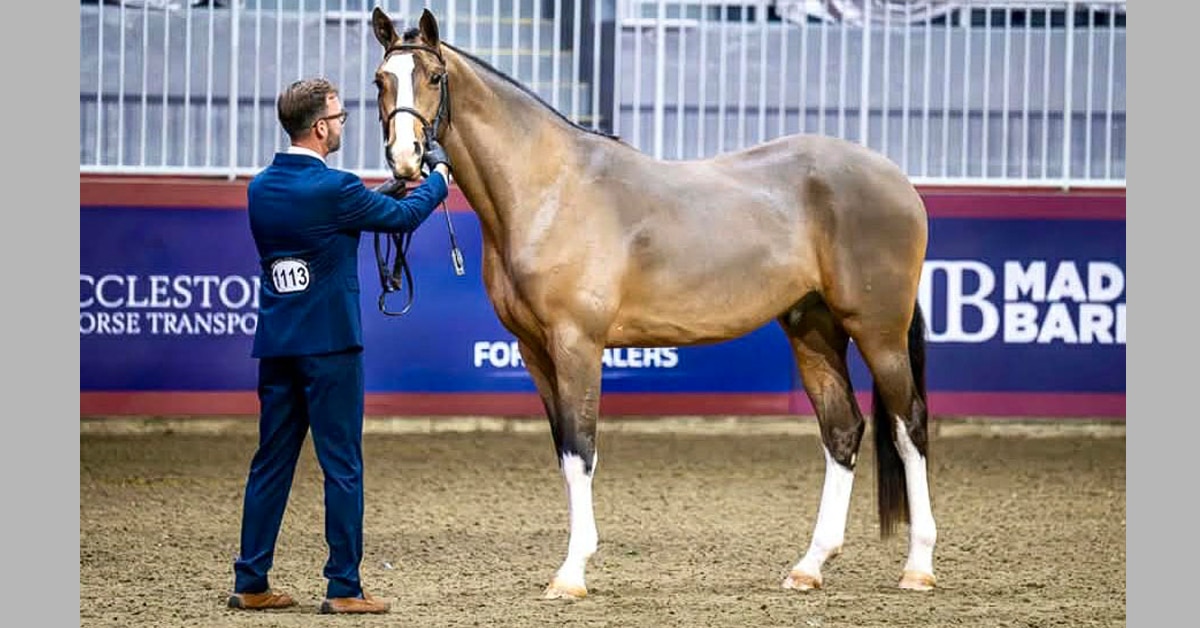In the high-stakes world of horse racing, raw speed alone does not guarantee victory. While casual observers fixate on times and velocity, seasoned handicappers understand a fundamental truth: strategic positioning throughout a race often matters more than pure speed. Track position represents the complex interplay of post position, field dynamics, and tactical decision-making that can transform an average performer into a champion.
The Critical Role of Post Position
Post position fundamentally shapes the outcome of every race. Statistics reveal that middle post positions typically offer the most balanced advantage, providing horses with flexibility to avoid early traffic while maintaining reasonable ground coverage. Inside positions present the shortest route around turns but carry significant risks. Horses starting from posts 1-3 can easily become boxed in during the early stages, trapped behind slower horses with no escape route.
The mathematical reality is stark: in five-horse fields, each runner theoretically holds a 20% winning chance, but this doubles to just 10% in ten-horse fields. However, post position can dramatically skew these percentages. At certain tracks, inside barriers win nearly six times more frequently than outside positions, highlighting how starting placement transcends statistical probability.
Field Size and Traffic Management
Large fields create positioning nightmares that superior horses cannot overcome through speed alone. With 15-20 horses crowding the track, even champions can find themselves slowed down or forced into tiring moves by circumstances beyond their control. Jockeys must navigate shifting gaps, anticipate closing holes, and position their mounts where clean running lanes will emerge.
The phenomenon becomes more pronounced in turf racing, where average field sizes of ten horses create dense pack dynamics. Horses settling seventh or further back face significantly reduced winning percentages compared to those racing on or near the lead, regardless of their individual speed capabilities.
Canadian horse racing enthusiasts understand these dynamics particularly well, as the country’s tracks often feature larger fields and competitive racing conditions.
The growth in Canadian wagering markets, which reached $705 million in 2024, reflects increasing sophistication among bettors who recognize the importance. Modern Ontario sportsbooks and sites offer various options, with odds available for upcoming events for those interested.
Track Layout and Bias Influence
Track configuration creates invisible advantages that transcend raw ability. Sharp-turning courses favor horses that secure early position, as those caught wide must cover additional ground through every turn. Conversely, tracks with long straightaways benefit late-running horses that can sweep around tiring leaders, provided they have sufficient room to maneuver.
Track bias adds another layer of complexity. Weather conditions, maintenance practices, and racing surface wear create temporary advantages for specific running positions. A rail that played well in the morning can become deep and tiring by evening, fundamentally altering which horses can succeed. Savvy trainers and jockeys adjust their positioning strategies based on these evolving conditions throughout the racing card.
Historical Examples of Tactical Triumphs
The 1938 match race between Seabiscuit and War Admiral perfectly illustrates positioning’s supremacy over pure speed. War Admiral entered as the overwhelming 1-4 favorite, but trainer Tom Smith developed a specific tactical plan. Knowing War Admiral’s tendency to establish early leads, Smith trained Seabiscuit to break alertly at the sound of a bell rather than a traditional starting gate. This preparation allowed Seabiscuit to gain crucial early position, controlling the pace and ultimately wearing down his more fancied rival.
More recently, the 2024 Kentucky Derby winner Mystik Dan demonstrated positioning’s power despite 18-1 odds. Jockey Brian Hernandez quickly secured the rail position, providing the shortest route around Churchill Downs’ turns. By maintaining this inside position throughout the race, Mystik Dan covered less ground than his competitors and saved energy for a final surge that delivered victory in one of history’s closest Derby finishes.
The Stamina Paradox
Perhaps most surprisingly, horses with superior stamina can become victims of poor positioning despite their endurance advantages. A horse capable of sustained speed becomes irrelevant when trapped behind slower runners or forced to navigate wide around the entire field. These wide trips require covering significantly more ground, neutralizing natural stamina advantages and creating energy-sapping scenarios that even the fittest horses cannot overcome.
Professional handicappers recognize this pattern repeatedly. Horses with proven staying power finish disappointingly not due to lack of ability, but because positioning circumstances forced them into impossible situations. The phenomenon explains why front-running horses often outperform their odds, winning approximately 24% of races compared to just 12% for those settling seventh or further back.
Strategic Applications
Understanding traffic patterns transforms handicapping from guesswork into calculated analysis. Successful bettors evaluate post positions relative to track configuration, field size, and individual running styles. A speed horse drawn outside in a large field faces different challenges than the same horse starting from an inside post in a smaller group.
Weather conditions further complicate these calculations. Rain-affected tracks may favor inside runners who can avoid softer ground further out, while firm surfaces might provide more even conditions across the entire width. These subtle factors create positioning advantages that skilled connections exploit through tactical race planning.
Track position ultimately determines more race outcomes than pure speed metrics. While velocity remains important, the ability to secure favorable position, avoid traffic trouble, and execute tactical moves separates winners from also-rans. Modern racing demands understanding these complex dynamics, where strategic positioning creates opportunities that raw speed alone cannot provide.
The Latest










